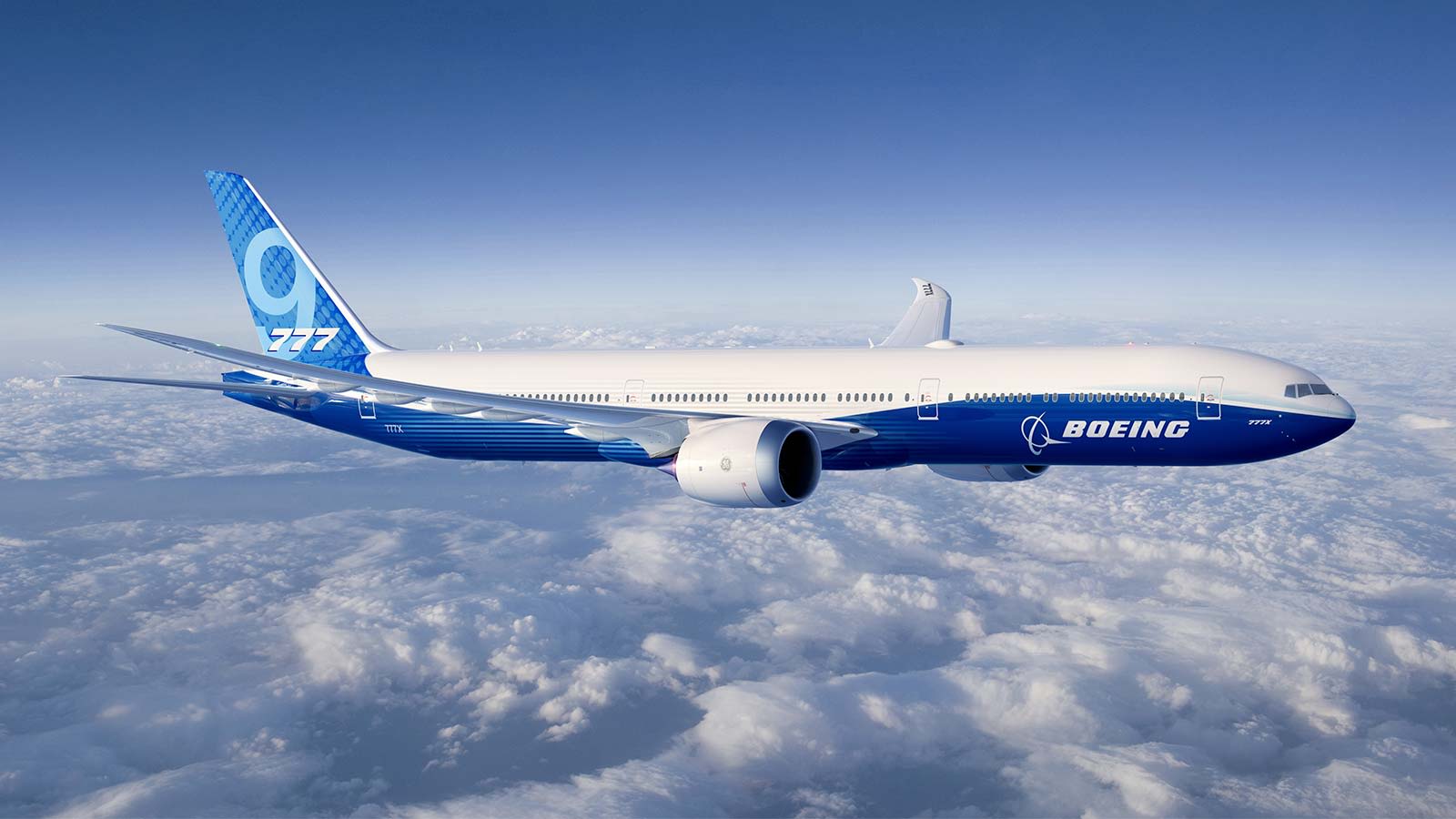
Ever wondered how airplanes get the green light to soar through the skies? Aircraft certification is the rigorous process ensuring every plane meets strict safety standards before taking off. This involves detailed inspections, tests, and evaluations by aviation authorities like the FAA or EASA. Without this certification, planes wouldn't be allowed to fly commercially. It's a complex yet fascinating procedure that guarantees passenger safety and aircraft reliability. From initial design to final approval, each step is crucial. Let's dive into 18 intriguing facts about this essential process, shedding light on what it takes to certify an aircraft for flight.
Key Takeaways:
- Aircraft certification ensures planes are safe to fly. It involves rigorous testing and collaboration between international authorities. New technologies and complex regulations present challenges in the process.
- The certification process can take several years and is costly. It involves historical milestones, environmental standards, and innovative technologies to ensure safety and reliability.
What is Aircraft Certification?
Aircraft certification is a process ensuring that an aircraft meets safety and operational standards. This process involves rigorous testing, inspections, and documentation. Let's explore some fascinating facts about aircraft certification.
-
Certification Authorities: The two main authorities responsible for aircraft certification are the Federal Aviation Administration (FAA) in the United States and the European Union Aviation Safety Agency (EASA) in Europe.
-
Type Certificate: A type certificate is issued when an aircraft design meets all regulatory requirements. This certificate confirms that the design is safe and reliable.
-
Airworthiness Certificate: This certificate is granted to individual aircraft, ensuring each one is safe to fly. It must be renewed periodically through inspections.
-
Certification Process Duration: The certification process can take several years. For instance, the Boeing 787 Dreamliner took about eight years to receive its certification.
-
Flight Testing: Aircraft undergo extensive flight testing. These tests evaluate performance, handling, and safety under various conditions.
Key Steps in Aircraft Certification
The certification process involves multiple steps, each crucial for ensuring the aircraft's safety and reliability.
-
Design Approval: The initial step involves approving the aircraft's design. Engineers must prove that the design meets all safety standards.
-
Prototype Testing: A prototype is built and tested. This phase includes ground tests, wind tunnel tests, and initial flight tests.
-
Compliance Demonstration: Manufacturers must demonstrate compliance with all regulatory requirements. This involves detailed documentation and testing.
-
Production Certification: Once the design is approved, manufacturers must obtain a production certificate. This ensures that each aircraft produced meets the approved design standards.
-
Operational Testing: Before entering service, aircraft undergo operational testing. This phase ensures that the aircraft can perform safely in real-world conditions.
Interesting Facts about Aircraft Certification
Beyond the technical aspects, there are some intriguing facts about the certification process.
-
Historical Milestones: The Wright brothers' Flyer received the first-ever aircraft certification in 1903, marking the beginning of regulated aviation.
-
Environmental Standards: Modern aircraft must meet stringent environmental standards. This includes noise reduction and emission controls.
-
Global Collaboration: Certification often involves collaboration between international authorities. This ensures that aircraft can operate safely worldwide.
-
Innovative Technologies: New technologies, such as composite materials and advanced avionics, require updated certification standards. This ensures that innovations do not compromise safety.
-
Simulated Testing: Simulators play a crucial role in certification. They allow for testing scenarios that would be too risky or impractical to perform in real life.
Challenges in Aircraft Certification
The certification process is not without its challenges. These hurdles must be overcome to ensure the highest safety standards.
-
Complex Regulations: Navigating the complex web of regulations can be challenging. Each country may have its own set of rules and standards.
-
Costly Process: Certification is an expensive process. The costs include design, testing, documentation, and compliance efforts.
-
Technological Advancements: Rapid technological advancements can outpace existing regulations. Authorities must continuously update standards to keep up with new developments.
Final Thoughts on Aircraft Certification
Aircraft certification is a complex but essential process. It ensures that every plane in the sky meets strict safety standards. From initial design to rigorous testing, each step is crucial. This process involves multiple stakeholders, including engineers, regulators, and manufacturers. They all work together to guarantee that aircraft are safe and reliable.
Understanding these facts can help you appreciate the effort behind every flight. Next time you board a plane, remember the meticulous work that went into making it airworthy. This knowledge not only enhances your travel experience but also underscores the importance of aviation safety.
So, whether you're an aviation enthusiast or just a curious traveler, knowing about aircraft certification adds another layer to your understanding of air travel. Safe skies are no accident; they're the result of careful planning and rigorous standards.
Frequently Asked Questions
Was this page helpful?
Our commitment to delivering trustworthy and engaging content is at the heart of what we do. Each fact on our site is contributed by real users like you, bringing a wealth of diverse insights and information. To ensure the highest standards of accuracy and reliability, our dedicated editors meticulously review each submission. This process guarantees that the facts we share are not only fascinating but also credible. Trust in our commitment to quality and authenticity as you explore and learn with us.


